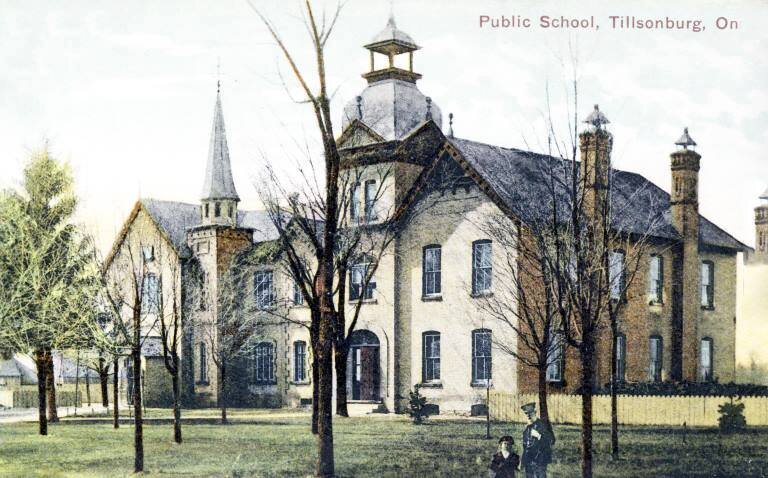
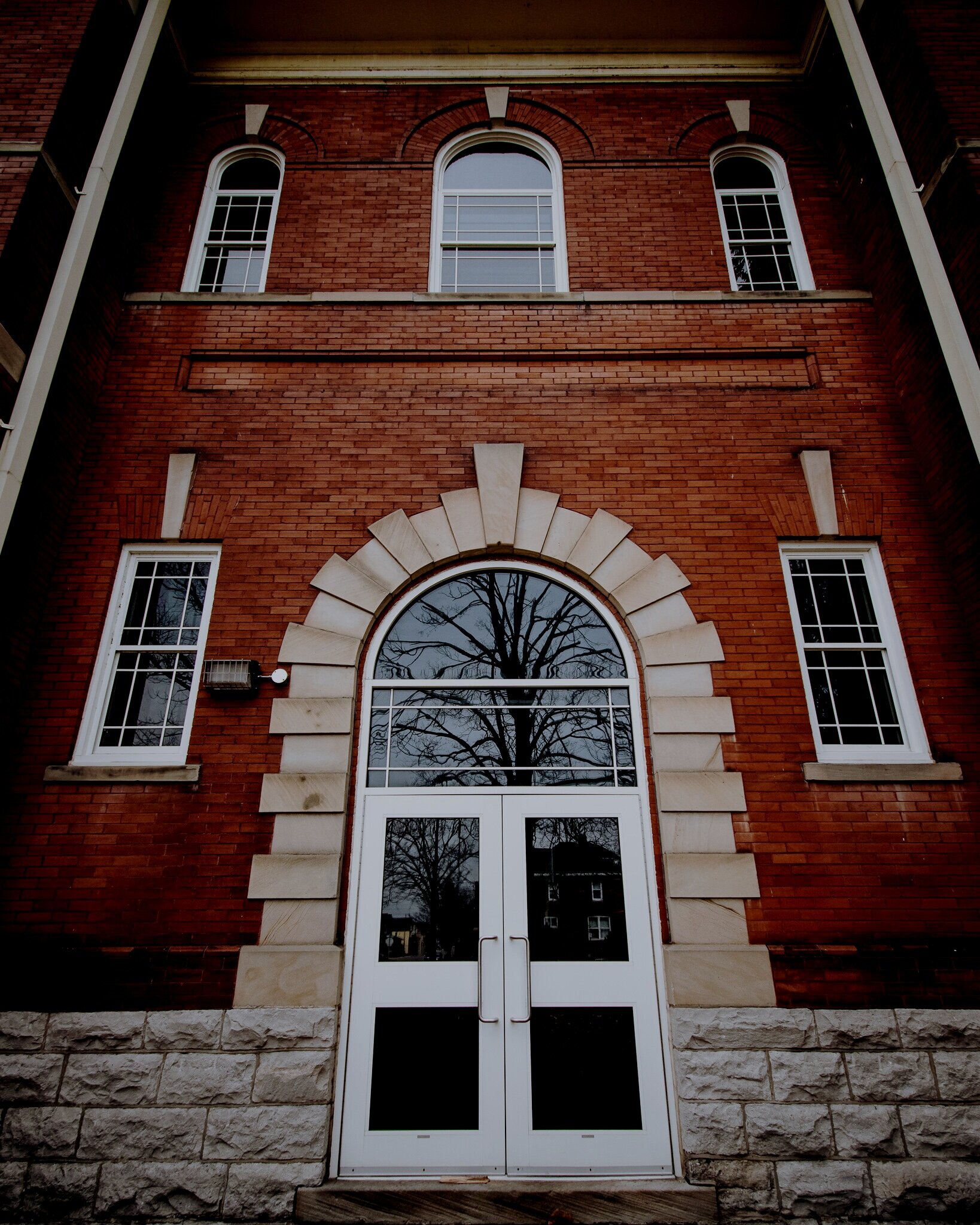
Early Days
The Oxford Estates had another life between 1912 and 2015. For one-hundred and three years the building was utilized as a school house. The school was first called Tillsonburg Public School and the name was later changed in the 1950’s to Rolph Street Public School. Prior to 1912, however, another school building stood here between 1870 and 1911. This building was deemed unsuitable by the school Trustees in the early 1900’s and the decision was made to demolish the building and build a new one in its place.
In the settlement of what became Tillsonburg, Ontario the first school house was a one room log building built in the 1830’s near the old tannery at the foot of Vienna Hill. Between 1830 and 1869, two more school houses were built to accommodate the growing population. The third school was erected east of Avondale Church on Harvey Street and hosted two floors which could accommodate up to 200 students. However, in 1869 the school trustees called a meeting to discuss the “propriety of repairing the present grounds and re -arranging the building thereon, or of securing a more eligible site and moving the present building to it” (Tillsonburg Observer, August 12, 1869).
The trustees came to the conclusion that purchasing the land on Rolph Street was a more economical decision than repairing the current school house. The land was owned by the Tillson family who sold it to the school board at a nominal fee. E.D Tillson was also a school trustee. It was therein decided that a new school will be constructed on Rolph Street. The trustees contracted the building for 156,000 brick at $6 a thousand. The estimated cost of the whole building was $5,000 (Tillsonburg Observer, 1870).

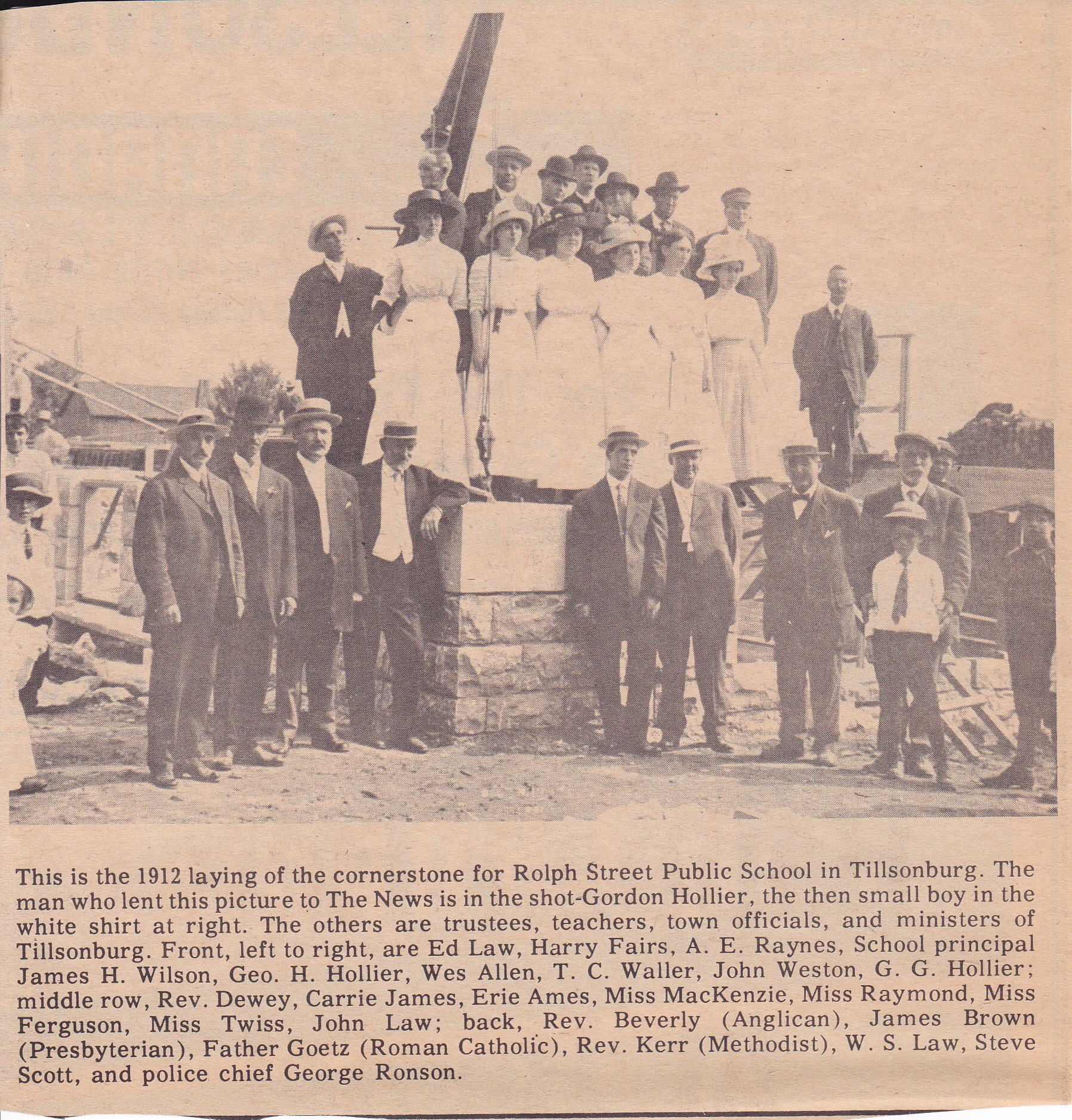
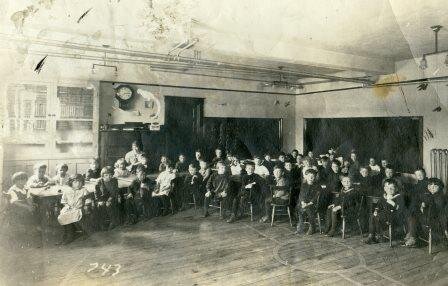
1870 School
Construction for the new school house started in 1871. The building was to be two storeys high, and accommodate 450 pupils. On May 24th, 1871 the cornerstone of the building was laid. A celebration was held and contents were placed in the cornerstone to form a time capsule. These items included copper and silver coins of the Dominion, a twenty-five cent scrip, and a copy of the Daily Globe, London and Telegraph, and of the Tillsonburg Observer newspapers. The cornerstone itself was laid ceremoniously where school trustees Mr. John Thompson laid the mortar, Mr. E.D. Tillson placed the stone in position where it was then leveled by Mr. Wm. Mcdonald and squared by Mr. W.S. Law. Mr. T.B. Bain finally gave it three taps with a gavel, and the stone was declared laid.
In 1872, the Tillsonburg Observer wrote this about the newly constructed school:
“A visit to the building will prove that the work has been well done, and when finished, Tillsonburg will possess a school house second to no other in the Province – one of which the town may well be proud, and one which reflects credit upon the architect, builders and trustees under whose regime it has been erected.”
In 1886, a wing was added to the school to accommodate the town’s first high school. However, growing enrollment in the high school set the town off to build a separate building for the high school in 1893. E.D Tillson donated the land on Concession Street for the new proposed high school. By 1894 a new high school was built and ended the era of a high school at Rolph Street.
Anna Belle (Dickie) MacRae was interviewed about her experiences as a student at the school on Rolph Street from 1905 til 1914. Her accounts give an indication on what student life was like at the school during this time. According to Mrs. MacRae the classrooms had two children per seat and two classes per room. They were taught the three R’s, reading writing and arithmetic. Mrs.MacRae remembered the baseball games in the school yard the best.
Another former student was interviewed about their experiences at the school on Rolph Street. That is Mr. Bert Newman who wrote several books on the history of Tillsonburg. Mr. Newman attended kindergarten at the school in 1905 and his teacher was Miss Kirkland. During this time, the school grounds hosted two large cannons and in front of the cannons sat two wooden cannon balls dated 1905. The flag was the Royal Ensign with the Union Jack at the corner. Directly behind the flag was a flower bed that is described as being large and beautiful. A man by the name of Harry Fairs was the custodian at this time who Newman described as loving flowers and took great pride in keeping beautiful flower beds around the school. At that time there was no running water in the school just a pail in the corner with a dipper in it for a drink and an outhouse outside.
The Canons
In June of 1904, the Tillsonburg Public School Board applied to the Militia Department for two old cannons to be placed on the school grounds. W.S. Dowler was asked to use his influence to procure these. Later in that year, two carronales were given to the school and placed in front of the old school.
These guns bore the date of 1903, and were said to be old Russian guns. A heavy concrete base was built to carry each gun.
In May 1942, when a severe shortage of scrap metal occurred, the School Board offered these guns to the I.O.D.E. On October 3, 1942, these guns were removed and used as salvage in the World War raging at that time. Each gun weighed 2,150 pounds. (Source: Oxford County Board of Education – School Registers.)
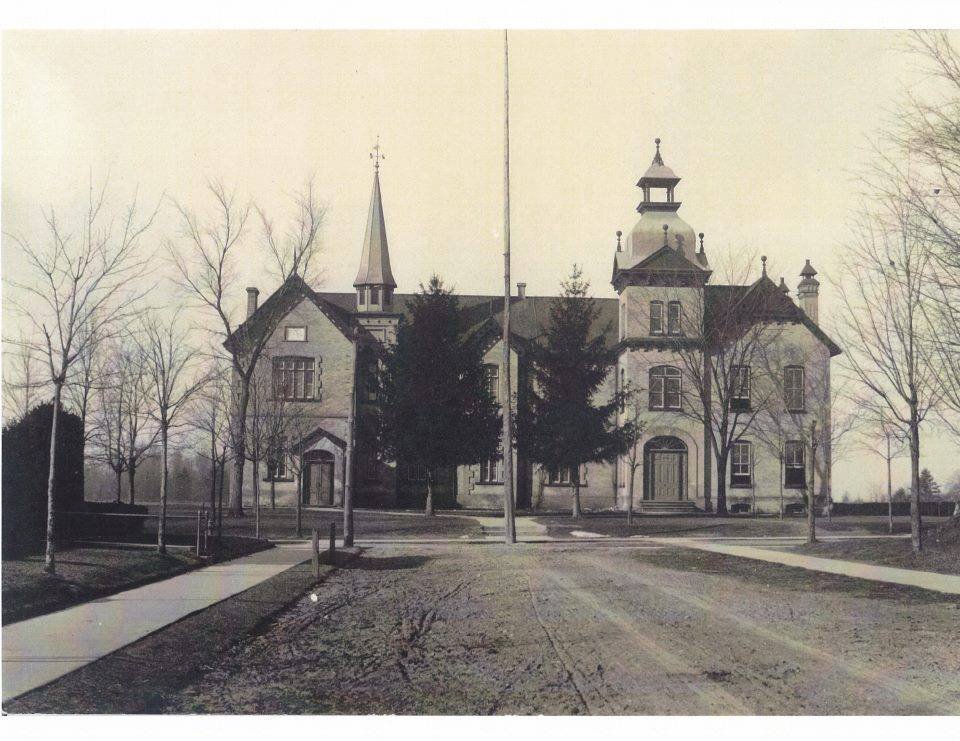
1912 School
In February of 1912, students vacated the school building to take up lessons in rented spaces around town. The school trustees decided that it was time to reconstruct a new school house to increase its capacity and install modern fixtures such as running water and electricity. In the year of 1912, students in Tillsonburg continued lessons in city hall, local stores, businesses, and churches. School trustee, George H. Hollier, was named as the chairman of the property committee to oversee the construction project of the new school. The cornerstone of the new school was laid Principal J.H. Wilson in the presence of a large assembly of representative citizens on June 28, 1912 (Tillsonburg Observer, 1912). Mr. Wilson gave an address to the crowd:
Dear to me are the association and sweet memories of the old building but the spirit of the times demanded, and its unsuitable and unsanitary condition necessitated, its removal and I earnestly trust that when the new edifice is completed that the citizens and Board will see that it is unsparingly furnished with modern and up to date apparatus, so as to keep the school abreast of the times. Bear in mind that the most valuable asset the town possesses is the public school children, and people now-a-days do not think as people once thought, that anything was good enough for the school.
Similar to the 1870 building, the cornerstone of the newly built school house also had mementos to form a time capsule. These items included copies of several newspapers, photos from the school trustees, list of all children attending the public school and school teachers, names of the clergy, professional men and government officials, 50c piece King George, 25c George, 10c George, 5c King Edward two coppers, George and Edward and the coins and script found in the old corner stone, a pipe, Canadian calendar, a horse shoe, a pocket knife, stamps of current issue, bill heads of all business men in town, several catalogues, a list of Bell Telephone subscribers and four cheques of the four banks. The cornerstone is still part of the building’s structure to this day.
The newly constructed school opened its doors on September 8th, 1913. The new building held twelve large classrooms, eleven of which became immediately occupied.
The first teaching staff in this school consisted of eleven teachers: Principal J.H. Wilson, Alex Toogood, D.F. Appleton and Misses C. James, E. Raymond, J. Ferguson, M. Pratt, F. Bell, E. Amoss, E. Hollywood and J. Campbell.
The new school building was built for $32,500, but at the time it was estimated that it could not have been built again for $50,000. Indicating the school board’s careful budgeting and project management.
When asked what was the best thing about the new school the answer was “running water”. This new school had fountains instead of the dipper in the corner and flush toilets in the basement. It is recalled of the children going down and flushing the toilets just to hear them flush. The next most exciting thing about this new school was the electricity. The students no longer had to do their work by coal oil lighting. The new building also had automatic forced air heat instead of a coal furnace, comforts a lot of homes did not have at the time.
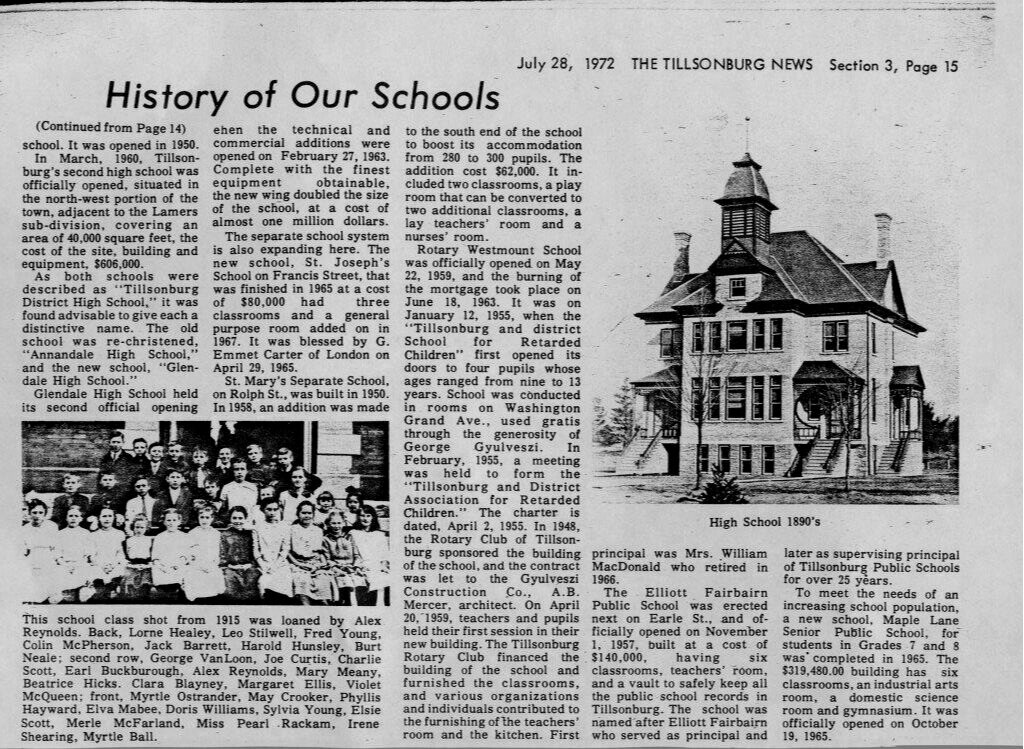
"Rolph Street is very special to me. I’m planning on being back for the 100th anniversary "
— Irv Horton, Principal of Rolph Street Public School in 1964
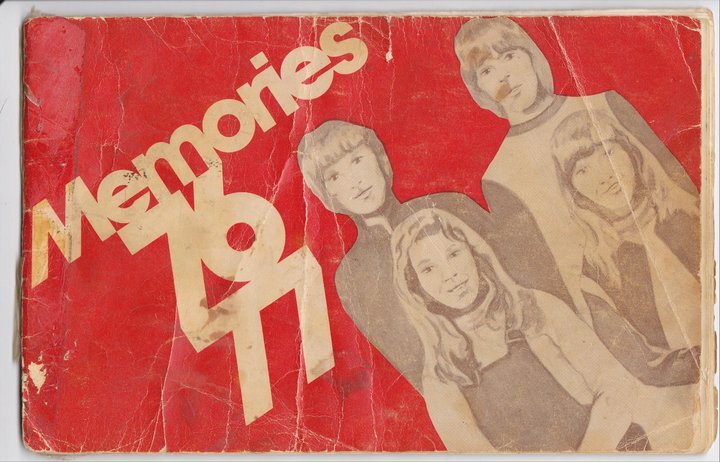
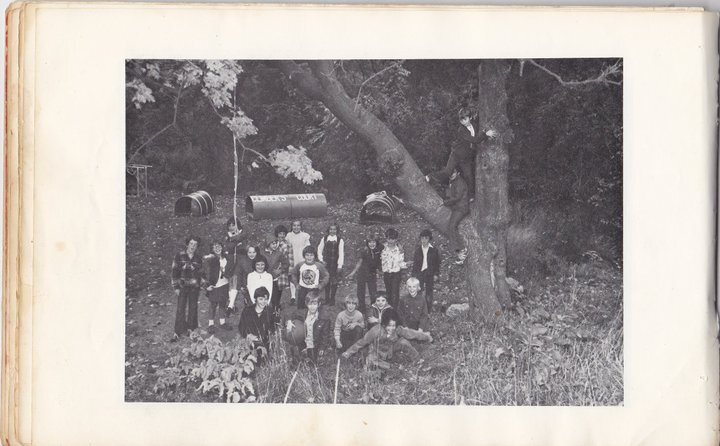
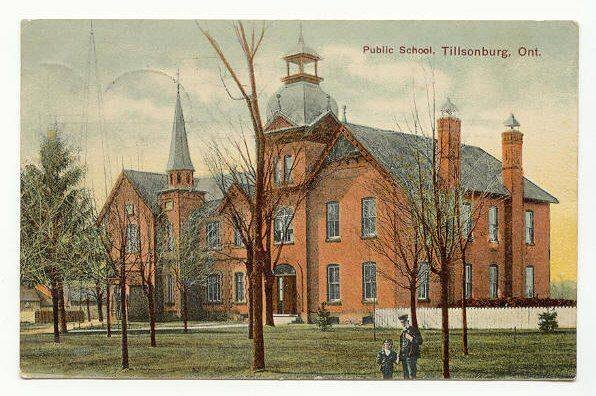
1930-2015
Life at the school hadn’t changed much during the thirties although the depression was now part of life. Neighbours helped neighbours and through it all Tillsonburg and the school on Rolph Street survived the hardship. During this time, the schoolyard was still divided between boys on one side and girls on the other. It was still dirt and the children still loved to play ball. The big difference being that the depression had brought much hardship to the families and that baseballs and bats were hard to come by so the children took the game very seriously and there were times when all the bats were broken and all the balls were lost and the children were left playing with a stick and a stone or other things.
The teachers at this time were Mr. Elliot Fairburn; for whom the a different public school in town was named; Donald Tutt, Gerald Elder, Esther Dean, Miss Cuthbertson, Herta Davis, Evelyn Scott, June Lawrie and Marty Dormty was the music teacher at that time. Mr. Alfred Cole was the custodian then.
In 1950, the school was renamed to Rolph Street Public School; the name that sits on the front of the building to this day.
The school went through one of its last major renovations in 1988 where a gymnasium, auditorium and library were added. The $1.3-million addition was the school’s biggest physical change since it was built in 1912.
On May 25th, 1987 the 75th anniversary of the school was held. Former students such as Mrs. Annie MacRae and Mr. Bert Newman were in attendance to share their stories. Fred Brown was the principal at the time and remarked “[Rolph Street] Once Tillsonburg’s only public school, has seen a lot of teachers and students – about 15,000 of them” (Tillsonburg News, 1987).
“I’ve grown up and grown old with this school” said Gordon Hollier, 84, a resident of Tillsonburg and one of the few who remembered the school’s opening in 1912. Hollier attended the anniversary celebrations. In a smaller ceremony 75 years earlier, Hollier a boy of nine, helped his father, George H. Hollier, unveil the cornerstone.
Another anniversary celebration was held on May 16, 2012 to celebrate the school’s centennial.
The school closed its doors officially in June 2015, one hundred and three years after its opening.
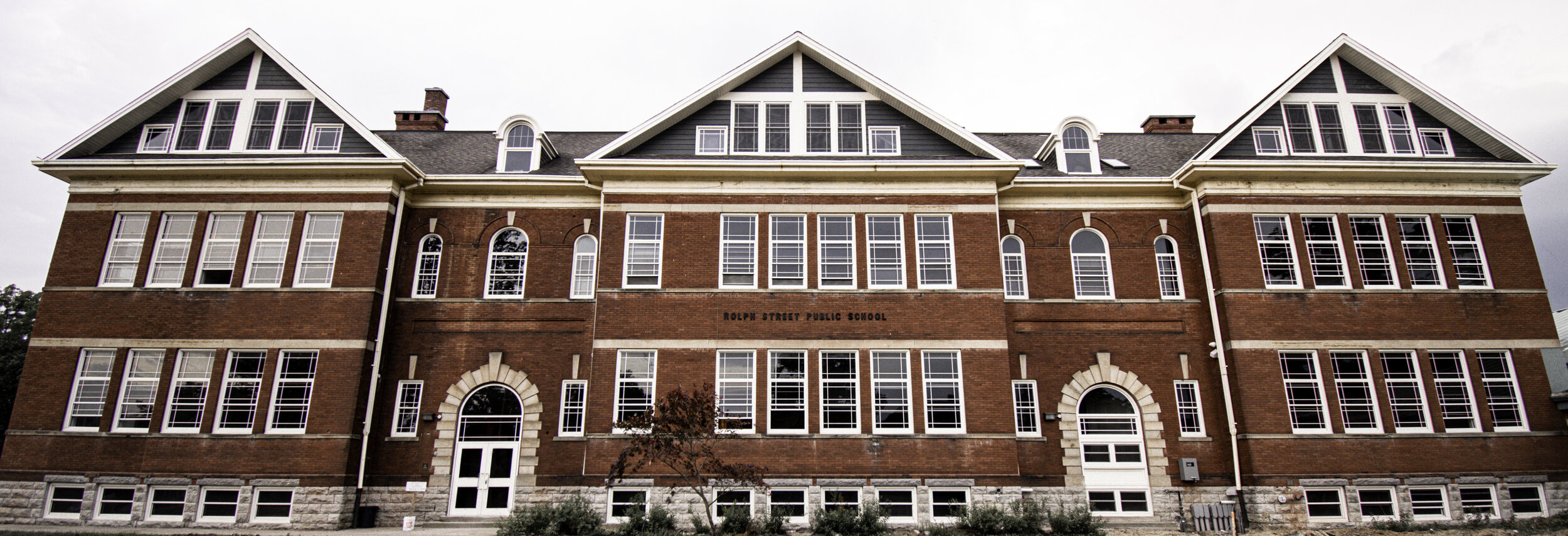
Today
Since the closure of the school in 2015 the building has passed through several owners and finally landed in the hands of Ontario developers, Andrew Teeple and Tim McKillican who were inspired by the building, its architecture and history. The pair saw a special opportunity to give the building new life by converting it into a new residential space. Keeping the building’s heritage features were a priority and as such, careful construction plans were implemented to maintain as much of the original character as possible while offering modern fixtures and luxuries to create a unique living space.
Teeple has personally toured many Tillsonburg residents, former students and teachers through the building and construction project. Many are struck by fond memories and delighted by the work that is happening and the emphasis on keeping the building’s architectural heritage as part of its new design.
The construction project has taken over 100,000 human hours. Teeple’s own father came out of retirement to pick up a hammer and help complete the project with the standard of excellence that the building the the community of Tillsonburg deserves.
We hope to see the building stay in use for many years to come, giving it new life and a new era to add to its heritage.
Timeline
1830 Log School House at the foot of Vienna Hill.
1869 Decision to build a new school house at Rolph Street by the School Trustees. Land was owned by E.D Tillson and sold to the school board for a nominal fee.
1871 Cornerstone of the building was laid and construction began.
1872 School officially open its doors.
1886 A new wing was added to the building for the high school.
1904 Two cannons were added to the front of the school.
1912 Demolition of school to make way for new construction. Classes took place in a variety of establishments around Tillsonburg while demolition and construction were happening. The trustees decided to have a metal ceiling in the new construction. Cornerstone of the new school was laid in June 1912 with a time capsule.
1913 New school opened its doors in September.
1942 The two cannons were taken and melted down for the war effort.
1950s The school was renamed to Rolph Street Public School.
1987 The school celebrated its 75th anniversary.
1989 The gymnasium, auditorium, and library were added.
2012 The school celebrated its centennial.
2015 The school closed its doors permanently.
2018 Oxford Lofts Inc. acquired the former school building.
2020 Oxford Estates residential conversion complete.





















